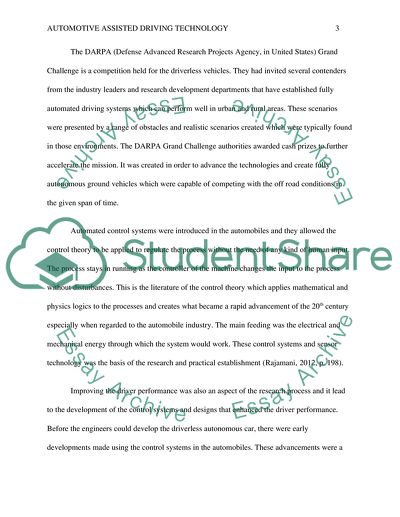Cite this document
(Automotive Assisted Driving Technology Book Report/Review, n.d.)
Automotive Assisted Driving Technology Book Report/Review. Retrieved from https://studentshare.org/technology/1792004-automotive-assisted-driving-technology
Automotive Assisted Driving Technology Book Report/Review. Retrieved from https://studentshare.org/technology/1792004-automotive-assisted-driving-technology
(Automotive Assisted Driving Technology Book Report/Review)
Automotive Assisted Driving Technology Book Report/Review. https://studentshare.org/technology/1792004-automotive-assisted-driving-technology.
Automotive Assisted Driving Technology Book Report/Review. https://studentshare.org/technology/1792004-automotive-assisted-driving-technology.
“Automotive Assisted Driving Technology Book Report/Review”, n.d. https://studentshare.org/technology/1792004-automotive-assisted-driving-technology.


